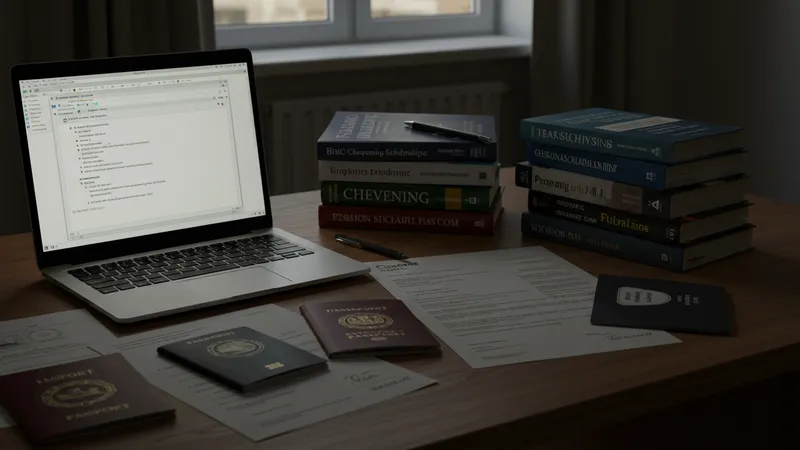
How To Apply For Fully Funded Scholarships Worldwide
Application Tips and Documentation for Fully Funded Scholarships Worldwide
Each scholarship has its own set of required documentation, but certain elements are almost universal: academic transcripts, degree certificates, language proficiency results, passport copies, and letters of recommendation. The quality and clarity of these documents often influence first impressions. Double-checking document requirements for the Chevening or Fulbright programs, for example, can save considerable setbacks during the review process.

Writing a compelling personal statement or statement of purpose is one area where strong applicants distinguish themselves. Here, specificity is paramount—candidates should clearly demonstrate how their goals align with the mission of the scholarship and the impact they intend to have in their field. Tailoring each essay to the specific award, like tying your goals directly to ASI’s research focus or Chevening’s leadership aims, adds authenticity and relevance.
Letters of recommendation should be from credible sources who know your academic or professional achievements firsthand. A strong letter details not just your skills but also your character, leadership, and collaborative capabilities. For highly regarded programs such as the Fulbright Foreign Student Program, a recommendation from someone with international or cross-cultural experience can be particularly valuable.
One critical tip: always adhere strictly to formatting and submission guidelines. Using official document templates, uploading PDFs, respecting word limits, and double-checking electronic submission portals can prevent technical disqualifications. Many high-caliber scholarships see large numbers of applications disqualified for easily avoidable errors, highlighting the importance of careful attention to detail at every stage.